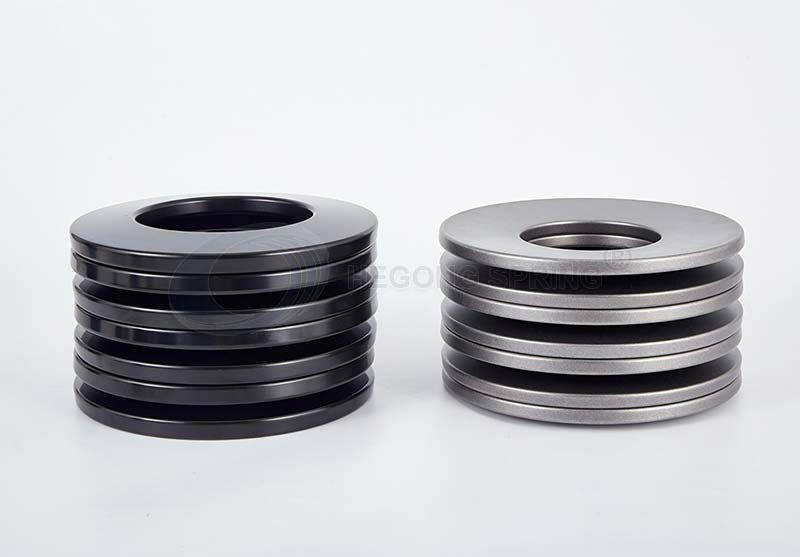Maximizing Load Capacity: A Comprehensive Guide to Belleville Disc Springs
In the intricate world of engineering, understanding the load capacity of Belleville disc spring is paramount. These ingenious components play a pivotal role in various applications, ensuring the seamless operation of machinery across industries. In this comprehensive guide, we delve into the intricacies of calculating the load capacity of Belleville disc springs, providing valuable insights that go beyond the surface.
Belleville disc springs, also known as coned-disc springs, are remarkable devices designed to exert a specific force when compressed. Their unique conical shape allows for high load capacity in a small space, making them indispensable in critical applications. The ability to withstand heavy loads while maintaining compact dimensions makes these springs a preferred choice in engineering solutions.
Factors Influencing Load Capacity
Material Selection
Choosing the right material for Belleville disc springs is the foundational step in optimizing load capacity. Materials like alloy steel, stainless steel, and titanium offer varying degrees of strength and corrosion resistance. Understanding the specific requirements of your application is crucial in determining the ideal material for your Belleville disc springs.
Dimensions and Geometry
The geometry of Belleville disc springs directly impacts their load-bearing capacity. By manipulating factors such as outer diameter, inner diameter, and thickness, engineers can tailor these springs to meet the demands of diverse applications. Accurate measurements and precise calculations ensure optimal performance under varying loads.
Are Explosion-Proof Motors a Must-Have for Safety?
Seeing more spiders inside your home? Don't ... - USA Today
Where are AH slurry pumps commonly used?
What is the use of high pressure slurry pump?
Troubleshooting Common Pneumatic Control Valve Issues
17 Best Custom T-Shirt Companies To Use In 2024
14 Different Types of Casting Processes
Calculating Load Capacity
Using the Disc Spring Calculator
Efficiently determining the load capacity of Belleville disc springs necessitates advanced calculations. Leveraging a reliable Disc Spring Calculator simplifies this process, allowing engineers to input key parameters such as material properties, dimensions, and operating conditions. The tool then generates precise load capacity data, streamlining the design and selection process.
Considering Operational Variables
Beyond static load conditions, understanding the dynamic aspects of your application is crucial. Factors like temperature variations, cyclic loading, and frequency of operation impact the overall performance of Belleville disc springs. Incorporating these variables into load capacity calculations ensures a robust and resilient design that withstands real-world challenges.
Best Practices in Belleville Disc Spring Applications
Proper Installation Techniques
Maximizing the load capacity of Belleville spring requires meticulous attention to installation details. Ensuring proper alignment, torque specifications, and surface conditions during installation prevents premature wear and enhances the longevity of these essential components.
Regular Maintenance Protocols
To guarantee sustained performance, implementing a proactive maintenance schedule is imperative. Regular inspections, lubrication, and monitoring of load conditions contribute to the prolonged service life of Belleville disc springs, minimizing downtime and optimizing operational efficiency.
In conclusion, mastering the calculation of Belleville disc spring load capacity is a critical skill for engineers and designers. By understanding the intricate interplay of materials, dimensions, and operational variables, you can ensure the optimal performance of these indispensable components in your applications.
Recommended article:Pump Design: Understanding its different part and design
The Basics of Control Loop Systems and Components
Why are valves important in engineering?
Guide to most used valves
What is flow control used for and Why Do We Use Them?
Why should guardrails be 42 inches high?




